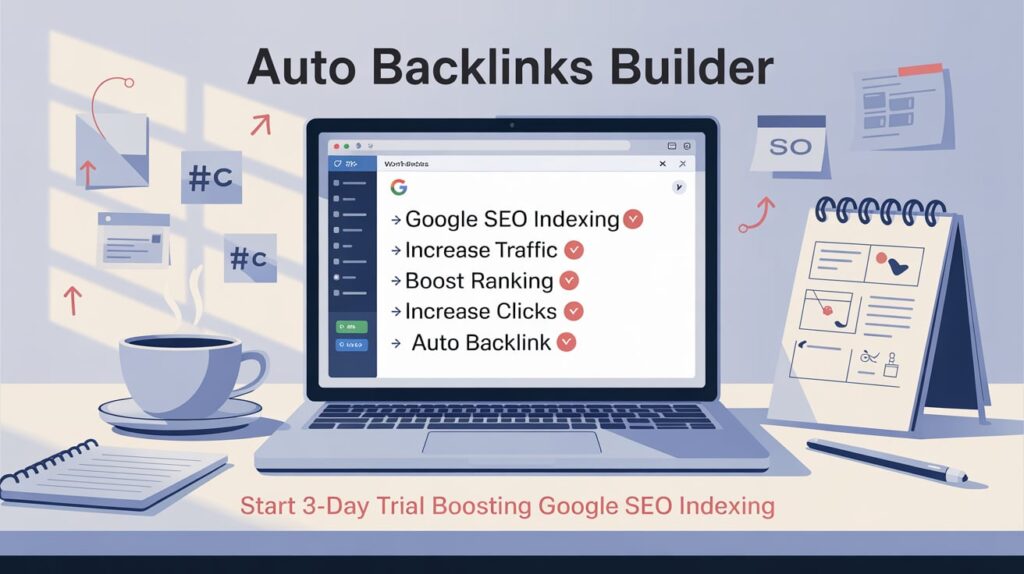Google’s .Google TLD Launch: Lessons in Branding & Migration
Note: This post may contain affiliate links, and we may earn a commission (with No additional cost for you) if you make a purchase via our link. See our disclosure for more info.
Google Registry's launch of the .google top-level domain (TLD) serves as a significant case study in domain management and large-scale website migration. This initiative defined a new era for Google's online presence, aiming to consolidate its vast array of services under a unified, trusted, and proprietary domain name. The move was designed to enhance brand identity, provide clearer authentication for users, and offer Google greater control over its digital infrastructure.
Key benefits of the .google TLD include improved security and trust, as the suffix instantly verifies official Google content, thereby mitigating phishing attempts. It also offers simplified, memorable URLs for properties like blog.google and about.google, streamlining user navigation and reinforcing brand consistency. For Google, owning and operating its TLD provides unparalleled flexibility and strategic advantage in managing its online ecosystem.
However, the launch was not without its inherent risks and challenges. Potential issues included the complex technical undertaking of migrating countless existing websites, the risk of temporary SEO impact, and the possibility of user confusion regarding new web addresses. Ensuring a seamless transition without service disruption or loss of search ranking required meticulous planning, extensive testing, and robust redirect strategies. Managing internal and external communication to ensure widespread adoption and understanding was also a critical hurdle.
Google Registry shared valuable migration tips gleaned from this experience, emphasizing the importance of phased rollouts, implementing permanent 301 redirects to preserve SEO value, comprehensive pre- and post-migration testing, and clear communication with both users and search engines. Specific examples of successful migrations, such as the company's main blog moving to blog.google and corporate information to about.google, illustrate the practical application of these strategies and the strategic intent behind consolidating Google’s online presence under its distinctive .google domain.
(Source: https://blog.google/products/registry/3-lessons-learned-from-launching-google/)

